The rainy season is here! With the heavens pouring in, it’s time to think about how to conserve this precious water. If your city gets plenty of rain, there’s no reason why you shouldn’t conserve it. It is a salt-free source that can be used to water plants, wash utensils, clean the floors, and so on.
Look around your home and see if you can incorporate some or all of these water-saving tips. While some of them need a fair-sized investment, many others can be done without burning a hole in your pocket. 1. Store Rainwater in Drums
Store rainwater in drums on your rooftop and in open areas around your home. Or you can build rain gutters on your roofs so that the rainwater can be collected in barrels or drums placed on the ground. Use copper rain-chains to direct the water from the rooftop gutter into these barrels. Remember to close the top of the barrel or add a few drops of vegetable oil to the water, to prevent the spread of larvae. This water can be used for cleaning utensils, flushing toilets, watering plants, and mopping floors.
2. Direct Rainwater Runoff to Plants
You can direct the rainwater runoff from your home structure to the base of plants. It can be used for plants that need regular watering and happen to be in the shade. 
3. Make a Roof Garden
Build a roof garden by planting seeds and saplings that need a lot of water. Pick plants that have dense roots and can hold plenty of water. This way you can avoid watering them and watch them grow. You can also move your plants to the roof so that they get all the water and sunlight they need. 4. Set Bowls to Collect Water in Different Locations
This is especially useful if you have pets at home. They’ll get enough water for a quick gulp. Only make sure this rainwater is pure and doesn’t contain debris from runoffs.
5. Make a Rain Saucer
A rain saucer looks like two upturned umbrellas balanced over a rainwater barrel. The saucer forms a funnel through which the falling rain can be channeled into a drum.
6. Place Outside All Items that Need a Rinse
Make sure you make the best use of rains. If your car, bike, toys, or anything else needs a quick wash, put it out in the rain. Wipe them with soapy water beforehand, and let it get washed by the rains. 7. Let Your Borewell Get Refilled Too
Besides extracting water from below the surface of the earth, borewells can help recharge groundwater as well. This is ideal if your borewell has dried out.
You need to build a recharge pit around the borewell, in such a way that it can gather runoff water from the rains. Line the bottom of this pit with filtration material so that no debris goes into the borewell. Next, make slits in the borewell casing, and then wrap the casing with nylon mesh. Place cement rings around the borewell casing and seal the spaces between them with cement. Fill this “false well” with stones. Then, construct a second false well next to the first one, encased with cement rings. Leave this one empty and keep it covered. A pipe connects the false well with the empty well, and during the rains, filtered water flows from the pond to the second well. It enters the borewell aquifer through the slits in the casing and gets stored there.
When designing your new home, keep some of these practices in mind to conserve rainwater. Want more such ideas for your home interiors, read the HomeLane Design Journal. Meet our experts at HomeLane to design your dream home.
8. Installing a Rain Barrel

Rain barrels collect water runoff from your roof and store it for later use. A cost-effective and easy-to-implement solution, this proves very effective in reducing your reliance on municipal water for non-potable needs. Rain barrels come in various sizes and styles, and you can choose one that blends with your home’s aesthetic.
You can use the water collected in rain barrels for watering plants, washing your car, washing the verandah and balconies, or flushing toilets (basic filtration might be required)
9. Making a Rain Chain

A simple alternative to a traditional downspout, rain chains are a functional way to collect rainwater. These decorative chains, crafted from various materials like metal or copper, are used in lieu of a downspout. As rainwater travels down the rain chain, it creates a delightful tinkling sound and is collected in a container placed at the bottom. The water cascades down the chain like a waterfall, making for a really lovely visual as well! These rain chains come in various styles, adding a decorative touch to your home.
10. Rainwater Tanks

If you are looking for a more substantial and permanent water storage solution, rainwater tanks are the answer. These underground or above-ground rainwater tanks can hold much larger volumes of water as compared to rain barrels, providing a reliable source for irrigation and other non-potable uses throughout the year.
Investing in a rainwater tank might require more planning and initial cost compared to a rain barrel, but the long-term benefits are truly amazing. You’ll have a reliable supply of water readily available, reducing your dependence on municipal water and potentially lowering your water bills.
Conclusion
Rain is life. It nourishes our plants, replenishes our rivers, and fills our reservoirs. But with increasing demands on freshwater resources, conserving rainwater has become more important now than ever before! The practices outlined in this blog will go a long way toward conserving rainwater, and help save our precious natural resources.
Remember, every single drop counts! For more environmentally friendly design ideas and sustainable home décor, do get in touch with a HomeLane designer today.
FAQs
1.What are some creative ways to reuse rainwater collected during the rainy season?
While watering plants and flushing toilets are great uses for rainwater, let’s get a bit more creative!
- DIY car wash station: Set up a dedicated car wash area equipped with a bucket and sprayer filled with rainwater. Add a splash of vinegar for extra cleaning power! This eco-friendly approach keeps your car sparkling while conserving precious tap water.
- Indoor humidity boost: During dry spells, indoor air can become dry and irritating. Fill a decorative mister with rainwater and spritz your houseplants or freshen up stuffy rooms. This adds a touch of nature’s freshness while putting your rainwater to good use.
- Creative cleaning solutions: Rainwater is a gentle yet effective cleaning agent for many household tasks. Use it to clean windows, mop floors, or wipe down dusty surfaces. You’ll be surprised at how well it works! Do keep in mind, though, that for tasks requiring disinfectants or soap, rainwater might not be sufficient. It could contain dissolved minerals, which makes it very hard.
2.How to collect rain water from open areas?
While rain barrels are perfect for rooftops, here’s how to collect rainwater from open areas:
- DIY rainwater diverter: Create a simple diverter using tarp funnels and gutters. Position them strategically to channel rainwater runoff from driveways, patios, or other open surfaces into your storage containers.
- Swales and French drains: Dig shallow trenches or swales in your yard to naturally collect and direct rainwater runoff towards designated storage tanks or infiltration areas. French drains, filled with gravel, can further improve drainage and prevent waterlogging in your garden.
- Community collaboration: Partner with your neighbours to create a larger rainwater collection system. By pooling resources, you can install larger rainwater tanks or cisterns to harvest significant amounts of rainwater for shared community use, like irrigating common areas. This works especially well in residential complexes or apartments.
Try to create more awareness in your neighbourhood or community about the potential benefits of rainwater harvesting, and how it can conserve our scarce resources of potable water for the benefit of humanity. If each of us can do our little bit toward keeping our planet green, our future generations will have a better life!
3.How can I prevent water stagnation and mosquito breeding in collected rainwater?
Stagnant water in open rainwater barrels or rainwater tanks can become a breeding ground for mosquitoes. Here’s how to keep your collected rainwater fresh:
- Mesh covers: Use fine mesh screens or lids to cover your rainwater barrels and rainwater tanks. This prevents mosquitoes from laying eggs while still allowing rainwater collection.
- Bio-sand filters: Invest in a bio-sand filter for larger rainwater tanks. This natural filtration system uses sand and biological processes to remove impurities and improve water quality.
- Regular use: The key is to keep the water moving! Make sure to use up your collected rainwater for various tasks. This prevents stagnation and minimises the risk of mosquito breeding.
4.Can I use rainwater harvested from the rainy season for drinking or cooking purposes?
While rainwater is generally considered to be clean, it may contain contaminants depending on your environment. Rainwater can pick up pollutants like dust, pollen, or even bird droppings as it falls.
If you want to use it for cooking or drinking, it should first be treated. Invest in a multi-stage filtration system, including sediment filters, carbon filters, and UV disinfection. Always have your rainwater tested for contaminants before relying on it for drinking or cooking.
Harvested rainwater is definitely safe for any alternative uses, and you can use it for non-potable purposes like watering plants, washing dishes, cleaning floors, or flushing toilets.
Popular Services
Modular Kitchen Designs | Home Interior Designs | Wardrobe Designs | Living Room Designs | Bathroom Designs | Space Saving Furniture | Home Office Designs | Pooja Room designs | Foyer Interior Design | Kids Bedroom Design | Interior Lighting Design |False Ceiling | Home Wallpaper | Furniture Design
Popular Locations
Modular Kitchen In Ahmedabad | Modular Kitchen In Mumbai | Wardrobe Designs In Chennai | Wardrobe Designs In Delhi| Interior Design In Mumbai | Interior Design In Delhi
Popular Blogs
Party Ideas for Holi | Assam Type House Design | Pop Designs for Bedroom | Window Grill Design | Plinth Area | MDF Vs Particle Board | Wall Colour Combinations | Vastu Shastra Colors For Living Room | Classical Interior Design | Wardrobe Dimensions | Parapet Design | How To Prevent Dust In Room | Types Of Kitchen | Wall Panel Design | Small Modular Kitchen | Pooja Room Design| HDF Wood | French Door Design | Bedroom Wardrobe | Solid Wood Vs Engineered Wood | Athangudi Tiles
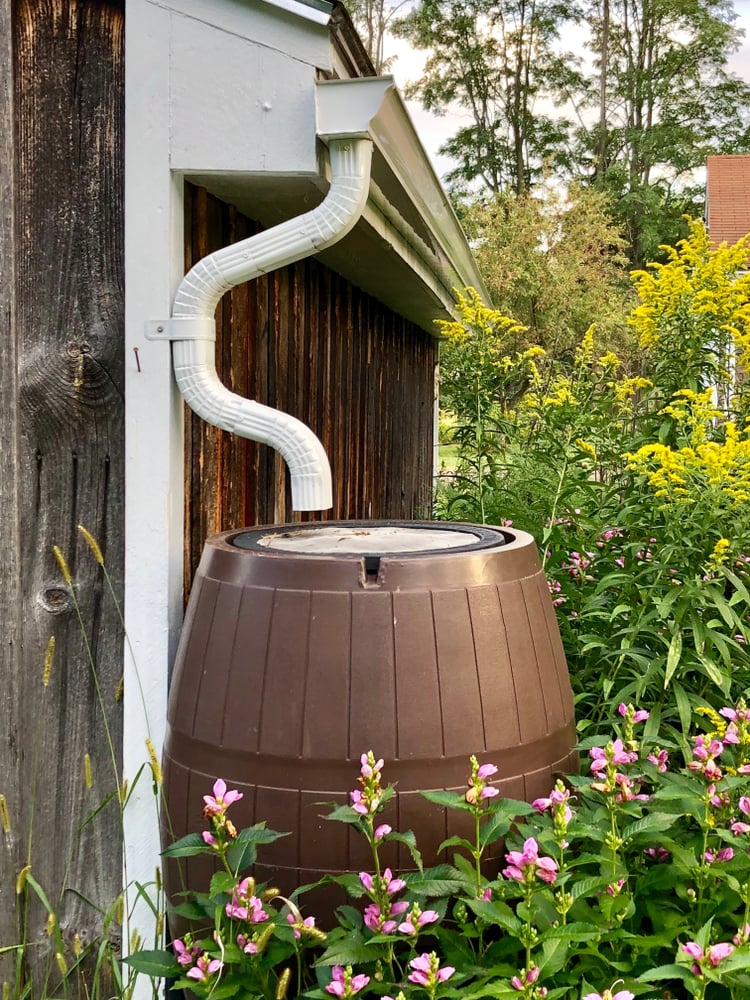
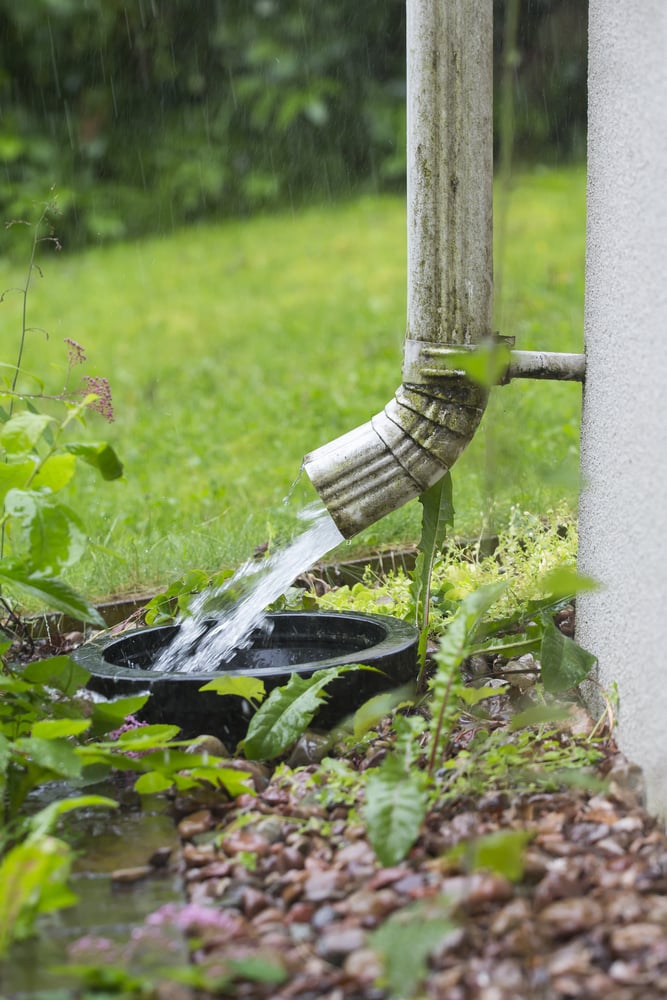

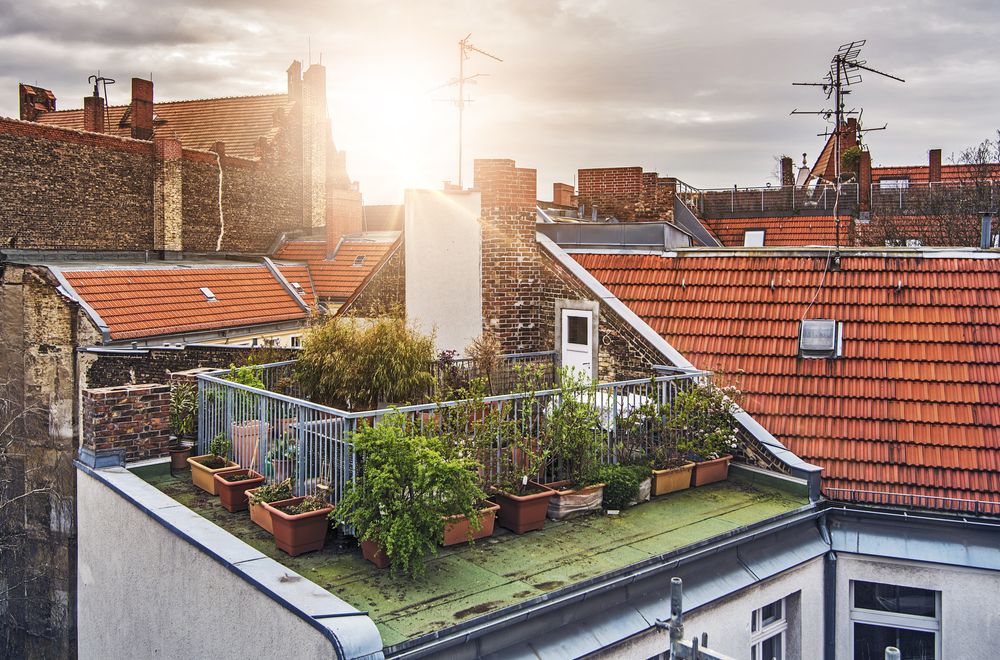
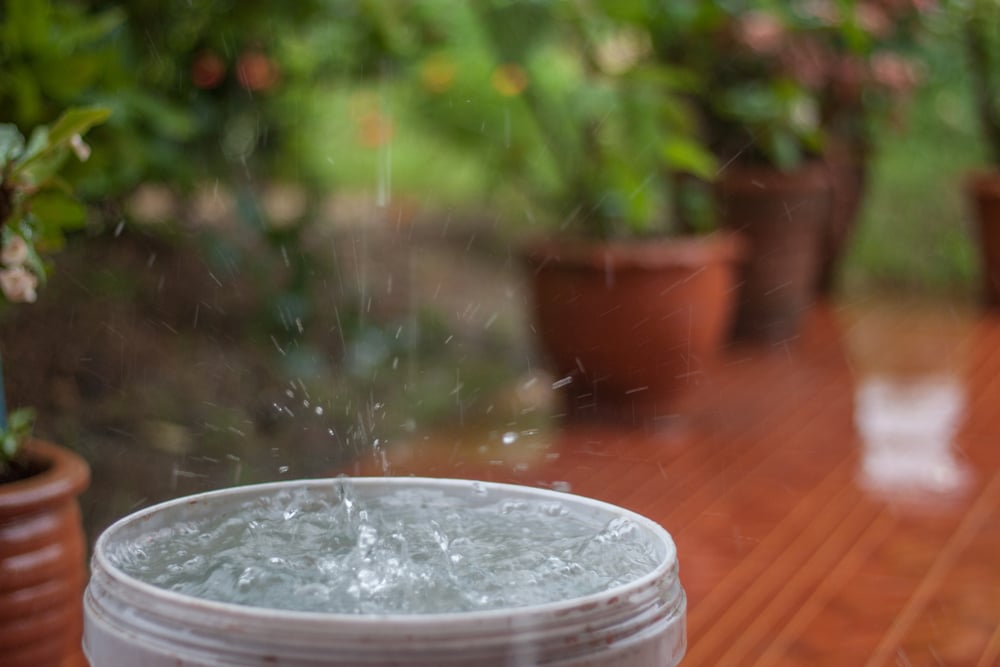
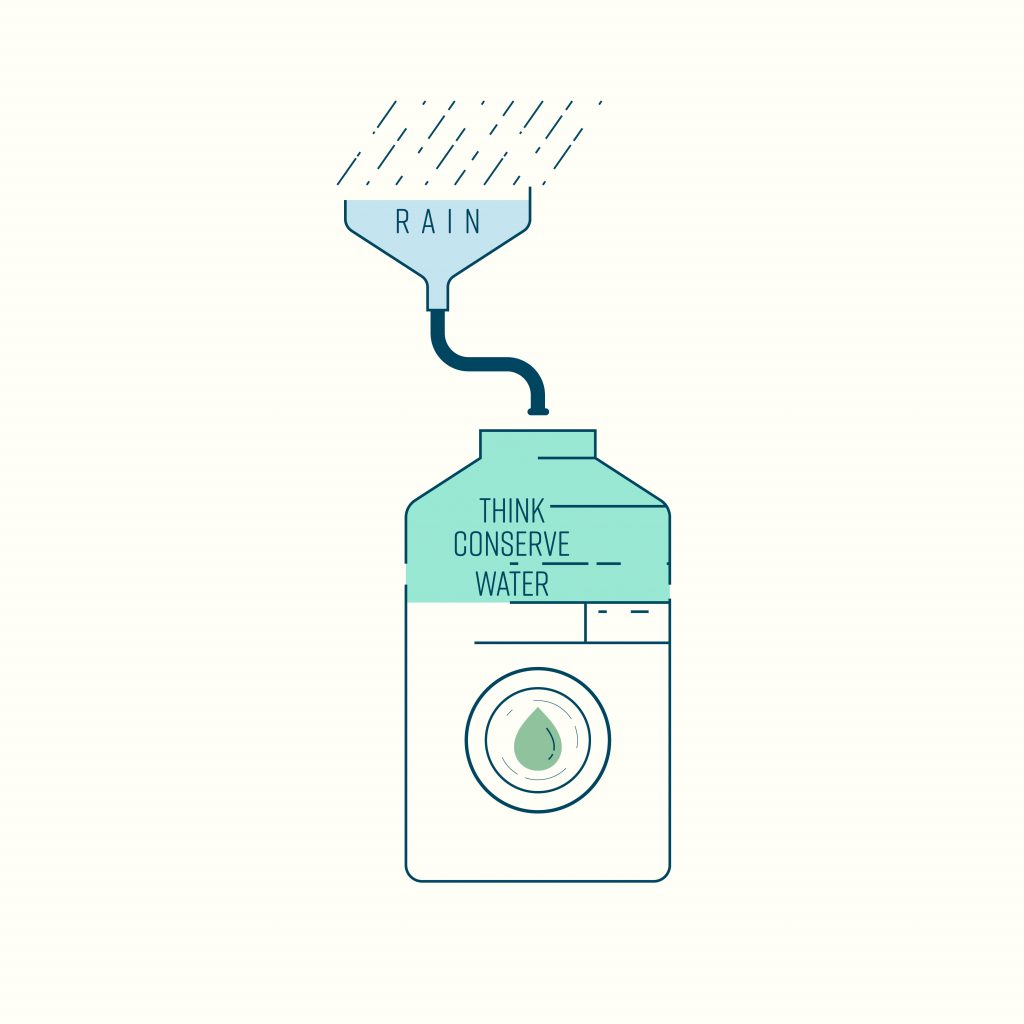


 EXPLORE MORE
EXPLORE MORE EXPLORE MORE
EXPLORE MORE